The Journal of the Masonic Society No. 29 has been reaching Society members these past weeks. Dubbed “The Review Issue,” this Journal offers opinions on a variety of goods marketed to Freemasons—from books to clothing to regalia, and beyond—in addition to feature articles, Masonic studies, analysis of the state of the Craft, plus the Journal’s regular features.
The Journal is the primary, but not only, benefit to members of The Masonic Society—the best $39 you’ll spend in Freemasonry. Membership is open to regular Freemasons from recognized grand lodges. Click here for more membership information.
Patrick C. Carr, the Right Worshipful Grand Senior Warden of the Grand Lodge of Arkansas, treats us to his “In Search of the Genuine Æthelstan,” in which he reviews the known history and biography of the early English king who figures so prominently in Freemasonry’s embryonic literature. Carr reasons “While we cannot ever know exactly what impact King Athelstan and his rule did directly for the Craft, we can agree that King Athelstan and his actions provided the world with a laudable set of values in which we should meet, act, and part. Whether or not it directly impacted the creation of the fraternity is irrelevant. What it did manage to do was place the beliefs of the king strictly into the rituals and the belief systems that Freemasonry still teaches today.”
Always a popular topic of conversation is Albert Pike’s Morals and Dogma, the dense collection of lectures the early Sovereign Grand Commander of the Ancient and Accepted Scottish Rite (Southern Jurisdiction) intended to accompany the 32 degrees, as worked by A&ASR bodies for many decades. Giovanni A. Villegas, of Jacobo Zobel Memorial Lodge 202 in the Philippines, bravely offers his “Unabashed Literary Book Review” outlining the problems he perceives in the text. “The true test of understanding Morals and Dogma is finding the honesty to first admit that one does not fully understand it,” he says, “or at least not immediately.” He continues, explaining how factors such as the period style of the writing, Pike’s lifting of text from earlier sources, and Pike’s personal interpretations of mystical subjects conspire to leave readers in 2015 vexed. He concedes M&D is “essential reading” for the Scottish Rite Mason who can weather it, but also recommends the casual reader seek out more recent texts, including Rex Hutchens’ A Bridge to Light, and, of course, Arturo de Hoyos’ Annotated Edition, which provides tons of clarifications, corrections, references, and other useful guides to those who want the full Morals and Dogma experience.
Yasha Berensiner’s regular feature “Masonic Collectibles” treats us to a look at William Hogarth, the eighteenth century (today is his 318th birthday) English artist and satirist—and brother Mason—whose “comic histories” paintings chronicled London life, and didn’t spare the Masonic fraternity his lampooning. Perhaps you are acquainted with his Times of the Day prints but, if not, seek it out, and get an eyeful of the one titled “Night.”
Under “Thoughts on the Craft,” Stephen J. Ponzillo, III, a Past Grand Master of Maryland, visits the touchy topic of lodge dues and other expenses in his “The Cost of Belonging: Is it Enough?” In the early years of this century, when the Knights of the North and the Masonic Restoration Foundation were advancing the simple view that lodges must collect in dues the revenue they need to function properly and survive into the future, it was so inflammatory to the establishment that a mere whisper of responsibly addressing lodge financing would prompt anger and panic. Today, younger and wiser heads are prevailing in lodges all over the country, and appreciation for the cost of living these days affects how forward-thinking lodges plan their financial futures. In his article, inspired by a recent discussion on the Masonic Society’s Facebook page, he scores several points structured around his comparing and contrasting cost of living figures of 1957 and 2014. It’s actually not simply a matter of inflation; Ponzillo illustrates the more significant facts of what Freemasonry asked men to pay for initiation and dues during those two periods. It’s about the percentage of a man’s annual income. In 1957, for example, a lodge that collected a $75 initiation fee from a man who earned $5,000 for that year was taking 1.5 percent of that income. In 2014, a man making just less than $70,000, and paying a $250 initiation fee, gave about a third of 1 percent of his annual pay to join a lodge. Is it enough? Indeed.
In his President’s Message, Jim Dillman humorously bemoans his efforts to meet his deadline, but in all seriousness, he writes on “Uncovering Freemasonry’s History,” urging us to look at what is right in front of us—as in lodge records, ephemera, books, etc. stored away in lodge closets and corners. “I’m going to challenge each of you to take a day, a week, or a month off from social media or your time-waster of choice, and devote the time you would have spent to some sort of Masonic research. Go back and read the minutes of your lodge from 50 or 100 years ago,” he says. “Dig through some of those old boxes lying around.” I know we all want to uncover the mysteries of Masonic secrets, but a curious and diligent brother can do his lodge great good simply by bringing to life local Masonic history for his own lodge.
There is a lot more to Issue 29: “The Masonic Baseball Game,” current news from around the globe, the detailed calendar of Masonic events through next May, and a great “Guide to Masonic Encyclopedias” by Tyler Anderson of New Mexico, among other attractions.
In other Masonic Society news, the Board of Directors and Officers gathered in St. Louis over the weekend to give shape to some serious plans for the Society’s future. We’ll meet again at Masonic Week to finalize some of these designs upon the trestleboard, and when you find out about them, your eyes will pop. Stay tuned to The Magpie Mind in February for those details.
 |
|
The Masonic Society Board of Directors’ marathon planning
session over the weekend at the St. Louis Airport Hilton just happened to
coincide with the annual meeting of something named St. Matthew’s Grand Lodge.
In fact, when I arrived at the hotel Friday afternoon, I found the lobby
crowded with their members and Eastern Star ladies having a grand time. This photo partially shows the schedule of Saturday events posted in the lobby. Unfortunately, I couldn’t undertake my usual membership development efforts, as
St. Matthew’s exists outside the mainstream of the Masonic fraternity. (Click here for membership guidelines.) I wonder what they thought of us!
|
And speaking of Masonic Week 2016, the registration information should be posted this week, I’m told, and you’ll see the Masonic Society’s banquet has been moved from the Friday night to Saturday, making us the only official dining choice for that evening. President Dillman will announce the choice of keynote speaker shortly, and I hope those of you who will attend Masonic Week will elect to be with us that night. We will have a number of big announcements.
See you there.






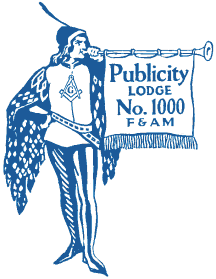

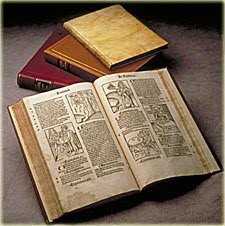


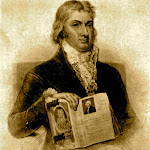




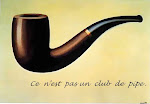
















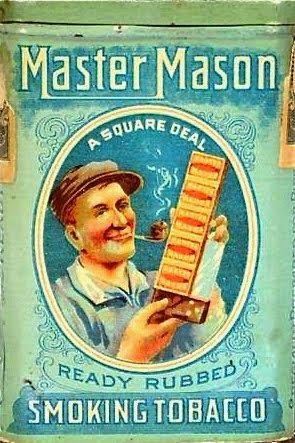


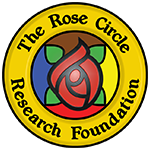

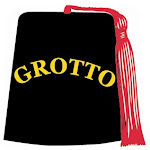








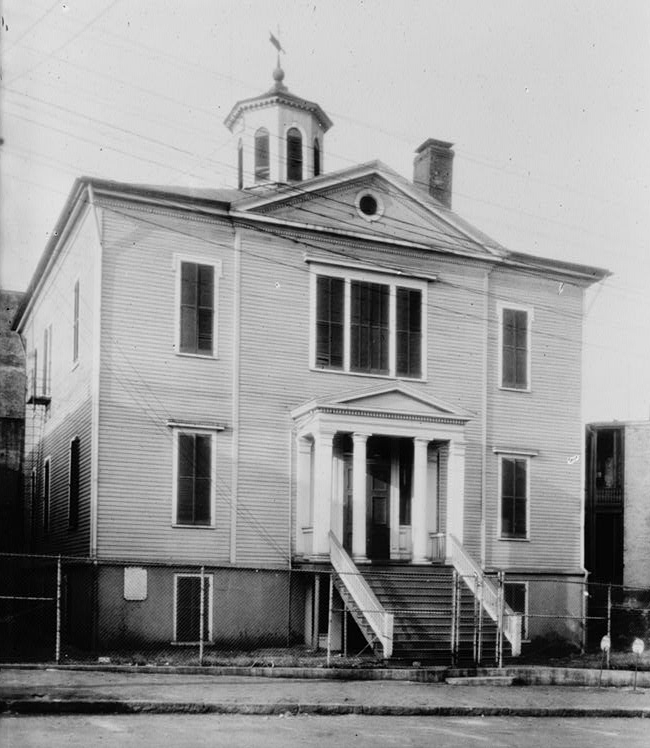
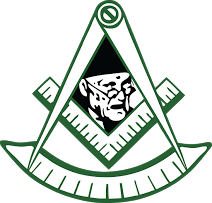
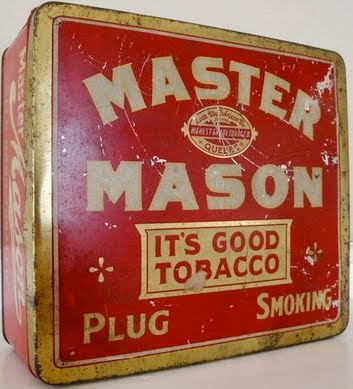





No comments:
Post a Comment